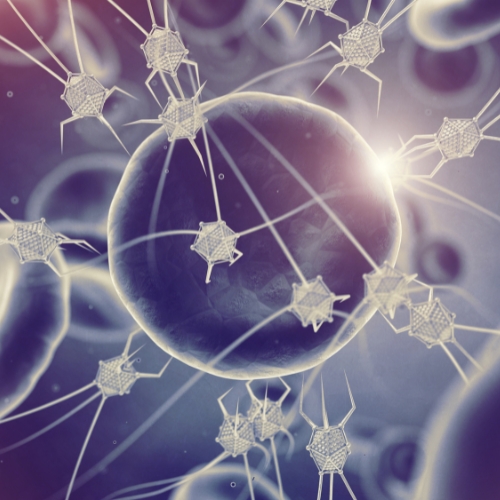Key points from article :
Research in mice finds nano-devices aren’t toxic in high doses.
Mice were used to compare the biodistribution and toxicity of two distinct nanostructures.
Nanotechnology has made it possible to fabricate structures out of DNA for use in biomedical applications.
DNA Origami (DO) involves folding complementary strands of DNA into double helixes over and over again.
High amounts of these DNA devices can cause a slight immune response, it isn’t marked enough to be dangerous.
Different shapes may be more conducive to different therapeutic applications.
“DNA is unbelievable in terms of construction ... designed to form nano-robots in a very coordinated manner,” said Christopher Lucas, lead author.
The researchers repeatedly dosed the mice at a concentration 10 times greater than in previous studies, to test safety.
The team wants to begin learning how to use the devices to effectively target cancer cells in animals.
The study was done at The Ohio State University and published in the journal Small.





